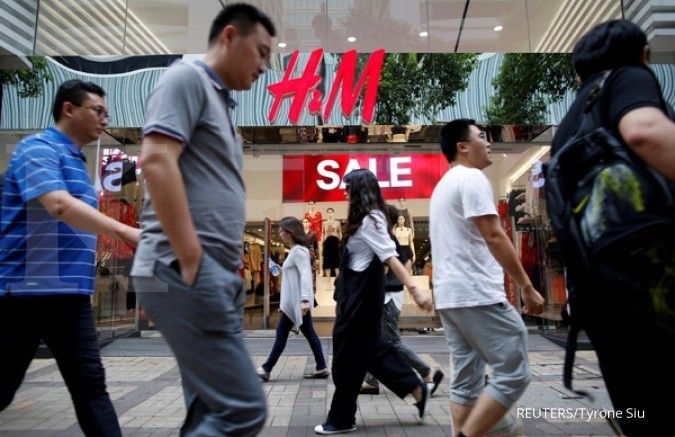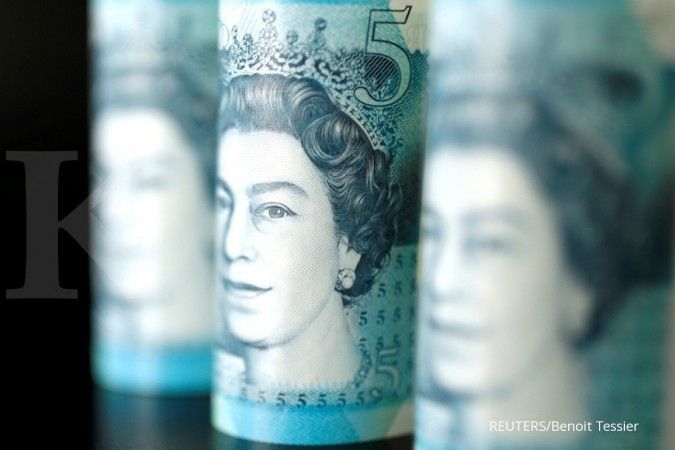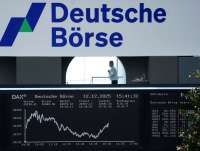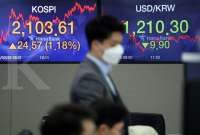MACROECONOMICS - TOKYO. Japan's economic growth unexpectedly accelerated in January- March, driven by net contributions from exports and defying forecasts for a contraction in the world's third-largest economy.
However, the surprise expansion was mostly caused by imports declining faster than exports, likely reflecting weak domestic demand, a point of concern for policymakers with a planned sales tax hike scheduled to take effect in October.
Underscoring this challenge were private consumption and capital expenditure readings, which both fell in the first quarter, while exports suffered the biggest fall since 2015.
Cabinet Office's preliminary data showed Japan's gross domestic product (GDP) grew at an annualised 2.1% in the first quarter, versus the median estimate of a 0.2% contraction in a Reuters poll of economists. It followed a revised 1.6% expansion in April-June.
On a quarter-on-quarter basis, GDP grew 0.5%, versus the median estimate of a flat reading. The GDP data comes as government's coincident economic indicator flagged the possibility Japan may be in a recession as exports and factory output were hit by China's slowdown and the Sino-U.S. trade war, which has disrupted global supply chains.
Weak domestic demand is likely to complicate the challenge for Japanese policymakers who are counting on firm domestic demand to offset external headwinds.
There are growing calls from some former policymakers to delay the sales tax hike in the face of worsening domestic and external conditions.
Clouding the outlook on the economy, business and consumer spending weakened in the first quarter, while exports also took a hit.
Capital expenditure, which has been a bright spot, fell 0.3% quarter-on-quarter in January-March, the Cabinet Office data showed. It compared with a 1.7% decline expected by economists in a Reuters poll, after a revised 2.5% growth the previous quarter.
Private consumption, which accounts for about 60 percent of the economy, fell 0.1% in the first quarter, matching a 0.1% drop seen by economists and following a revised 0.2% gain in the final three months of 2018.
External demand - or exports minus imports - added 0.4 percentage point to growth, the data showed, after it subtracted a 0.3 percentage point from GDP growth in the previous quarter.
Weak domestic demand caused imports to decline 4.6% on the quarter - faster than a 2.4 drop in exports - which helped net exports to improve in the first quarter.
/2019/02/12/1592960715p.jpg)













